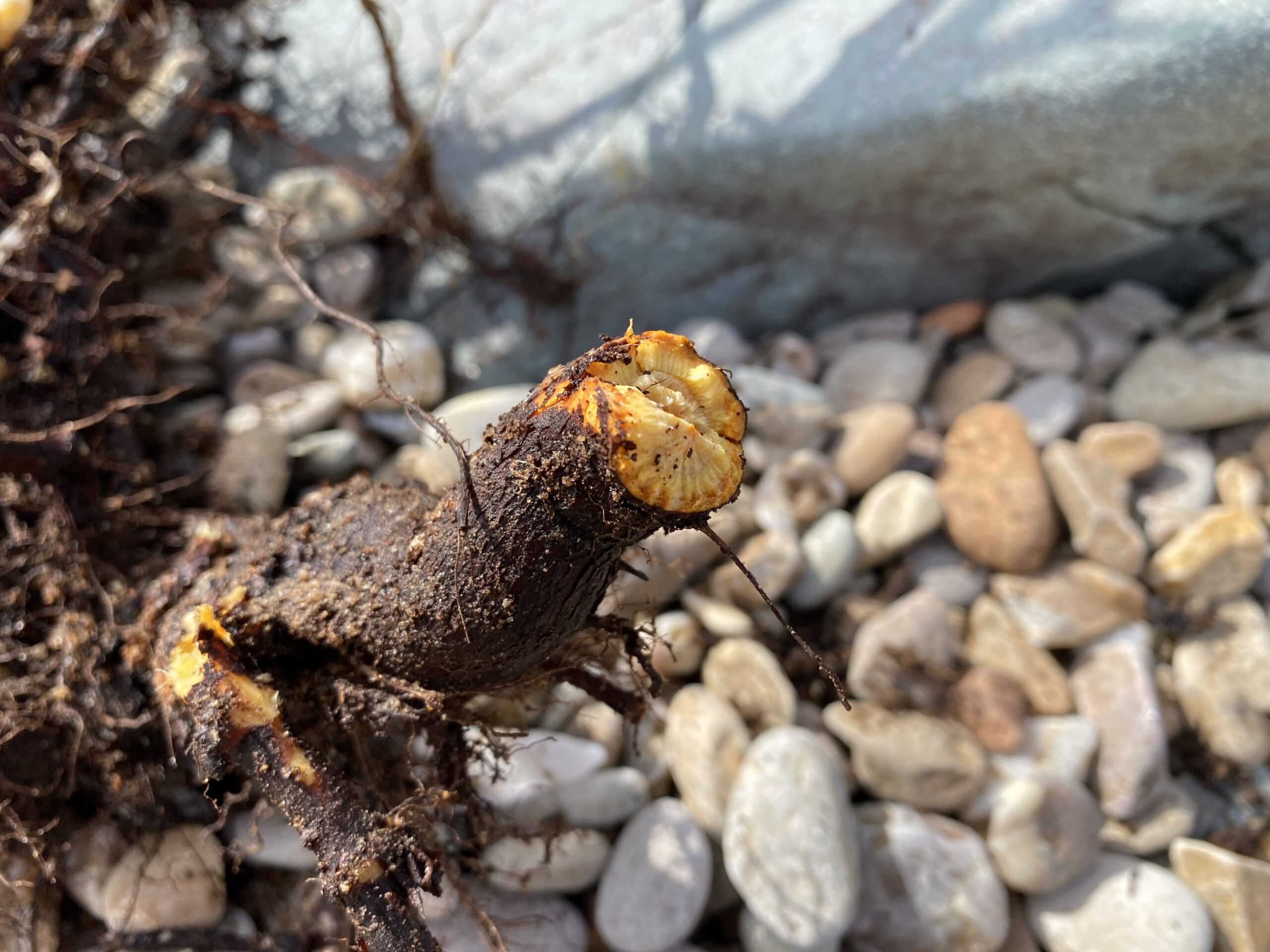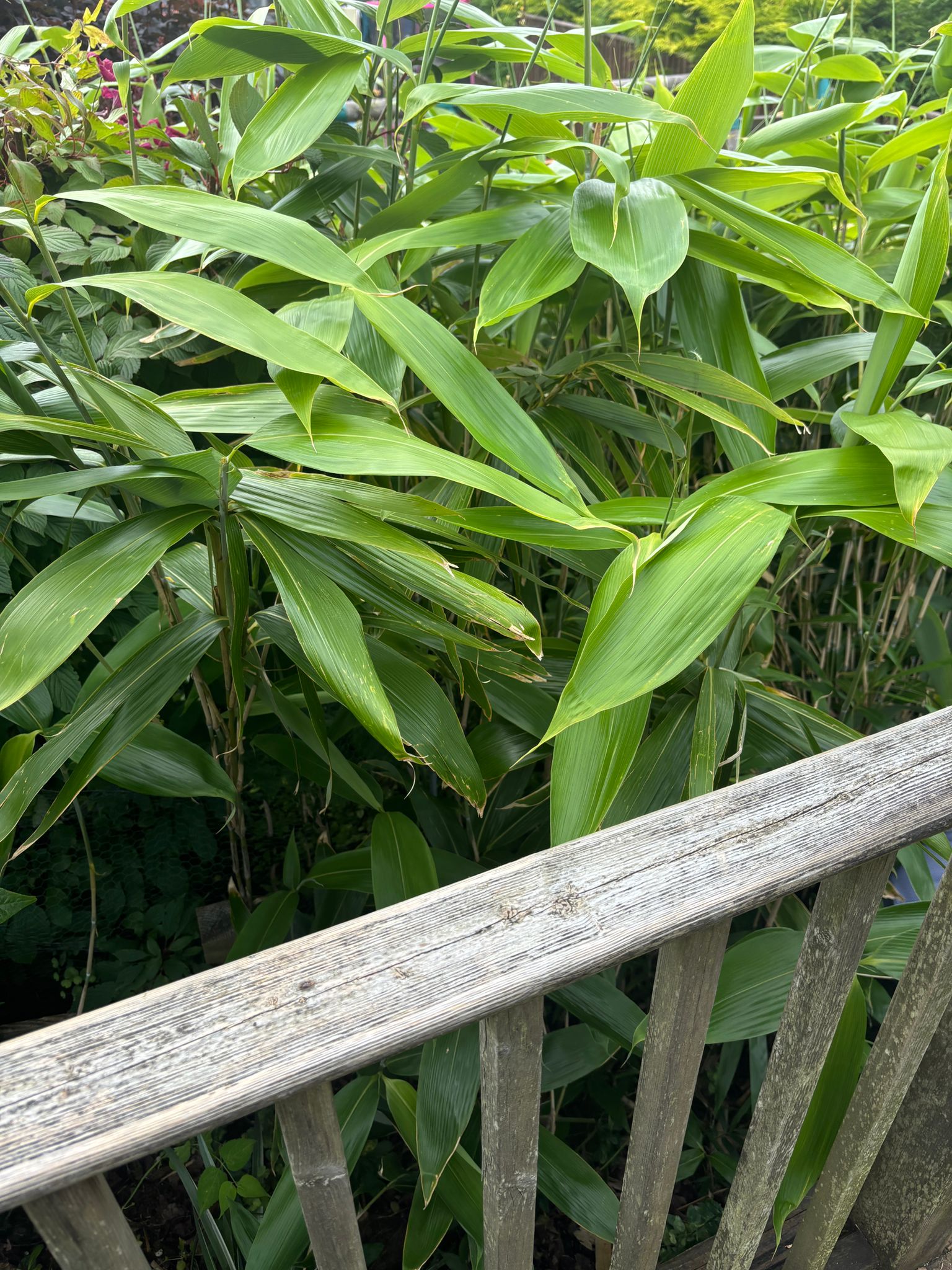Bamboo
Struggling with invasive bamboo? We remove & control bamboo fast across Scotland. Expert excavation and herbicide plans for homes & commercial sites.
What is Bamboo?
Bamboo is a fast-growing, woody grass that has existed since the Cretaceous period, originating from Asia. It is highly valued for its strength, sustainability, and versatility in construction, textiles, and even cuisine. In the UK, bamboo is widely used as an ornamental garden plant due to its tall, hollow cane stems and elegant, evergreen foliage. However, its rapid growth—several inches in a single day —makes it a significant invasive threat.
Can I Still Buy Bamboo If It's Invasive?
Despite its invasive nature, bamboo remains legally available in garden centres across the UK.
While planting bamboo is not currently illegal, property owners must manage its spread responsibly to prevent damage to neighbouring land.
What Are The Legal Considerations for Bamboo in the UK?
In Scotland, the Wildlife and Natural Environment Act 2011 governs bamboo control.
Under this law, it is an offence to allow bamboo to spread beyond your property boundaries.
If bamboo encroaches on neighbouring land, property owners could face fines and legal consequences.
Issues Caused By Bamboo
What is the Problem with Invasive Bamboo?
Bamboo’s aggressive growth makes it a persistent nuisance, leading to various structural and environmental challenges:
- Persistent Regrowth: Once established, bamboo is difficult to eradicate and can re-emerge even after attempted removal.
- Infrastructure Damage: Bamboo rhizomes (roots) can spread extensively underground, disrupting drainage systems, damaging patios, and even compromising building foundations.
- Property Devaluation: The presence of invasive bamboo can deter potential buyers and reduce property value due to the cost and effort required for removal.
How Can I Stop My Neighbour’s Bamboo from Spreading?
The best way to prevent encroaching bamboo is by installing an underground root barrier along your property boundary.
Regular maintenance, including cutting back new shoots and monitoring the spread of rhizomes, is crucial for preventing further invasion.
Discover more about how bamboo affects homeowners in our blog post all about invasive bamboo.
Identification
How to Identify Bamboo
Bamboo remains active throughout the year, with its peak growth occurring in spring and summer. Key features include:
Stems (Culms)
Hollow, woody canes that can grow rapidly to full height within a single season.
Leaves
Long, thin, lance-shaped evergreen foliage.
Flowers
Rarely produced; bamboo primarily spreads through its rhizome system.
Rhizomes (Roots)
Extensive underground systems that allow bamboo to spread aggressively, reaching depths of 60–90 cm.
Running Bamboo vs. Clumping Bamboo
- Running Bamboo: Spreads rapidly via long rhizomes, making it particularly invasive.
- Clumping Bamboo: While slower-growing, clumping bamboo can still spread and become problematic over time.
How Does Bamboo Spread?
Bamboo primarily spreads through its underground rhizome network rather than seeds.
This makes proper management and containment essential to prevent uncontrolled growth.
Treatment and Control
How to Remove Bamboo Effectively
At JBB Knotweed Solutions Ltd, we offer expert bamboo removal services tailored to your specific needs. Our two primary control methods include:
- Mechanical Removal: Our expert team excavates the root system to ensure complete eradication. This is the most effective and fastest way to control bamboo, with follow-up monitoring to ensure no regrowth.
- Herbicidal Treatment: Herbicide may be applied to plant foliage or injected into cut culms as part of an integrated management plan for long-term suppression.
How Long Does Bamboo Removal Take?
The duration of bamboo removal depends on the infestation’s severity and the chosen treatment method.
Mechanical excavation provides the quickest results, while herbicidal treatments may require multiple applications over time.
We recommend avoiding the treated area temporarily to confirm successful eradication.
Book a Survey
We can tell you if you definitely have bamboo on your property and recommend the best course of action.
Contact us today.
More from JBB Knotweed Solutions


